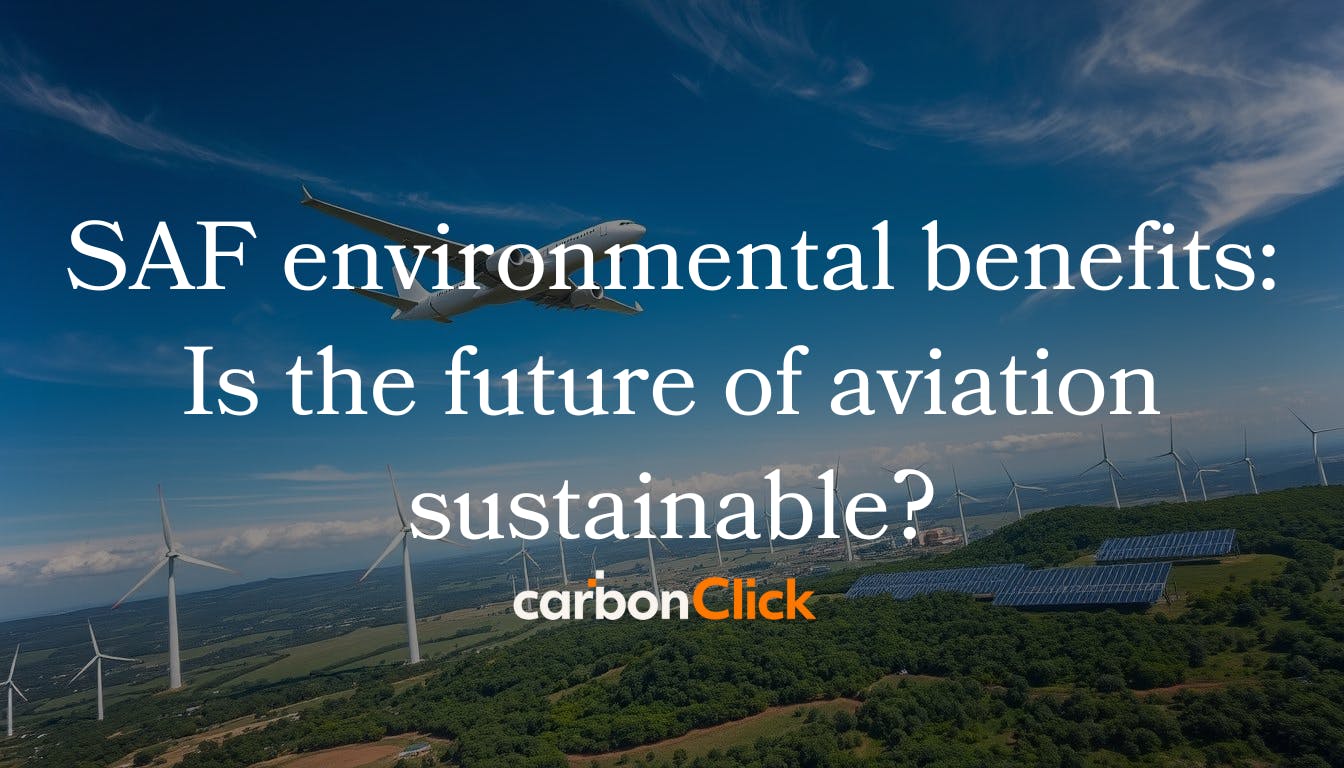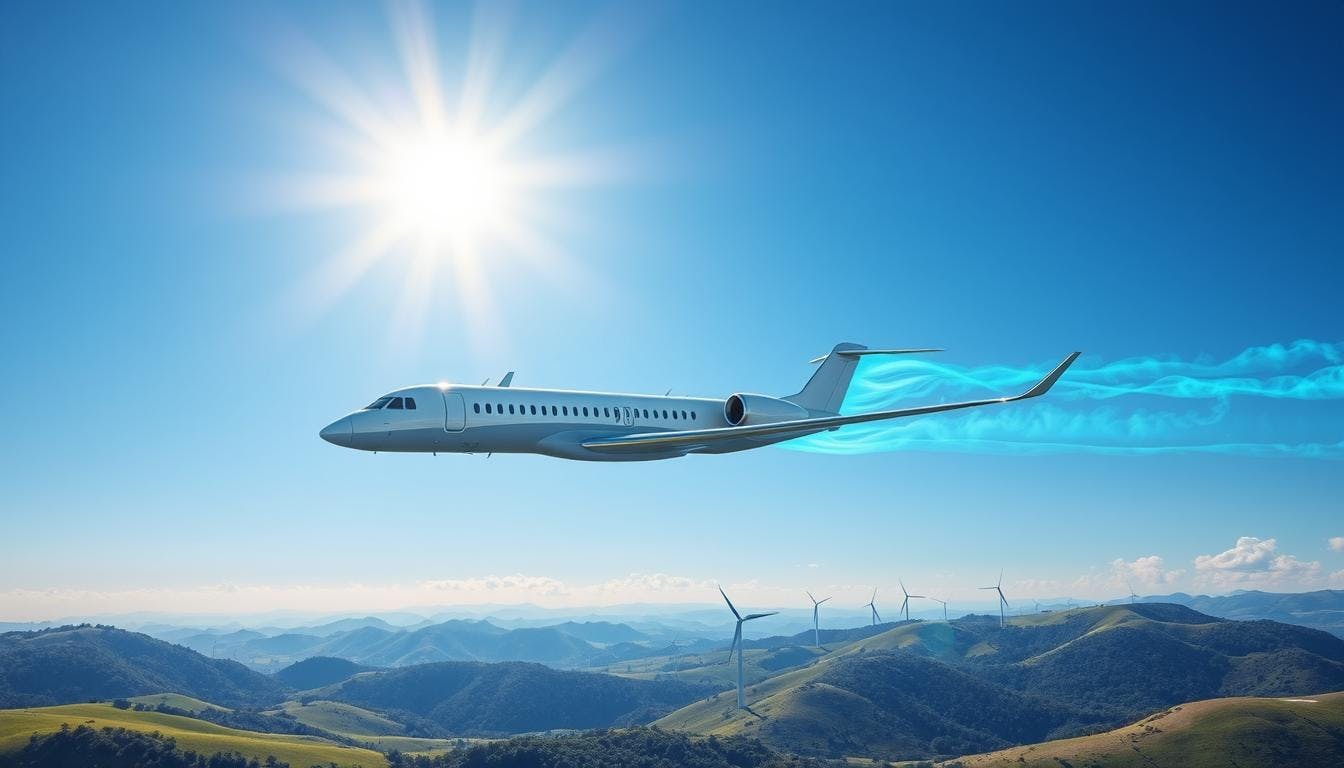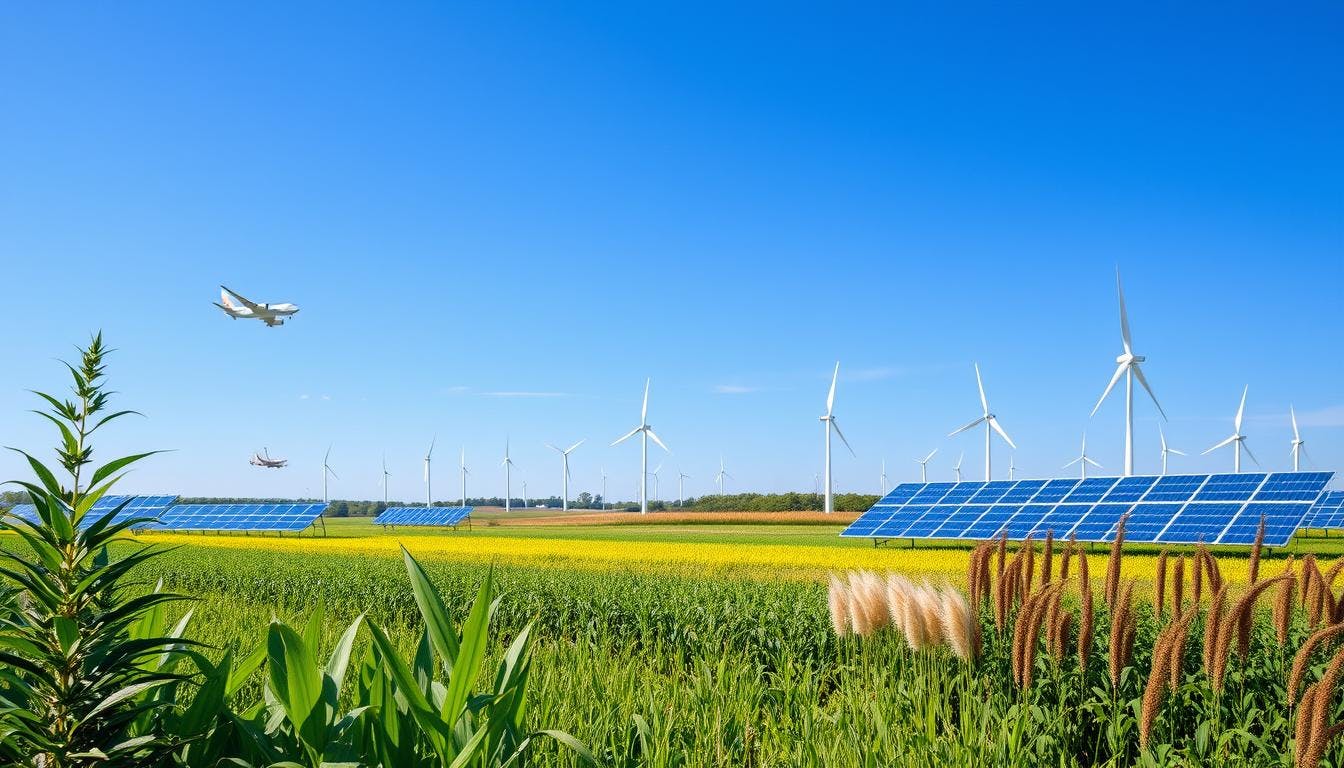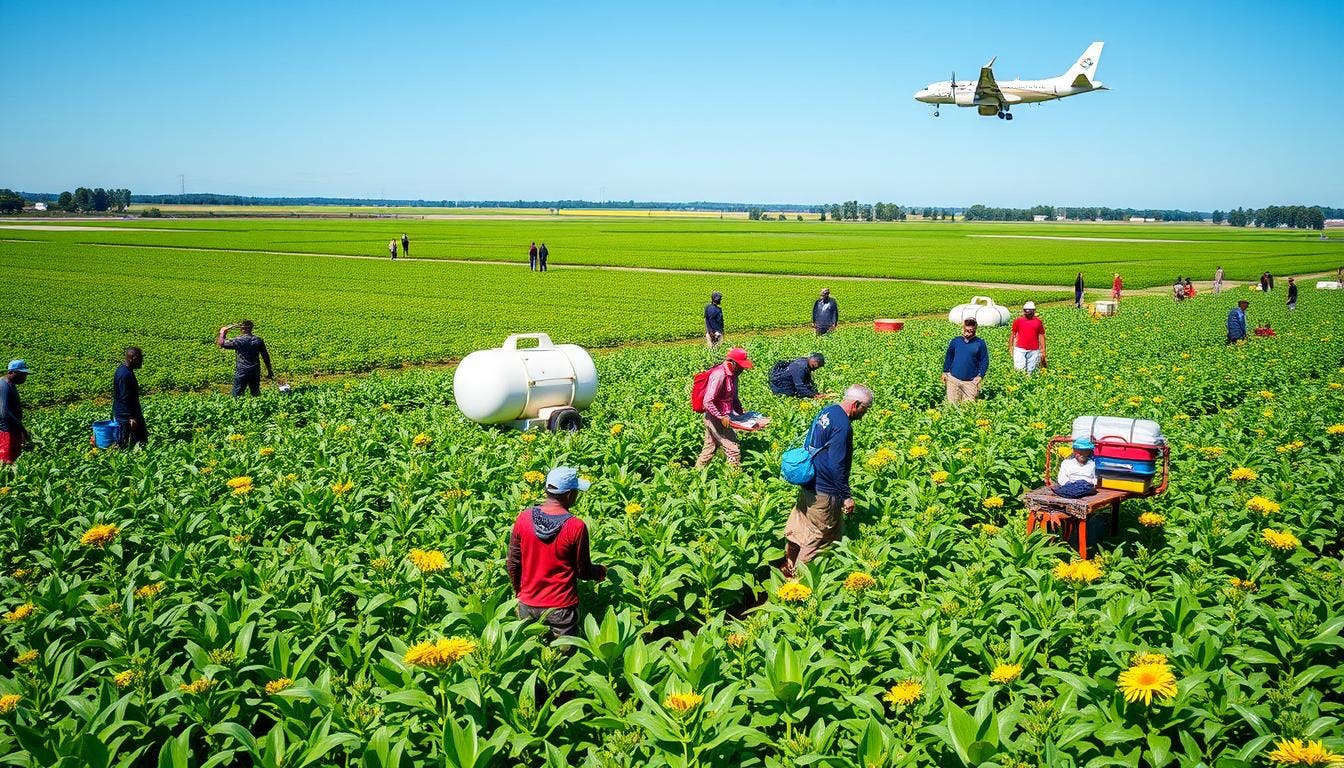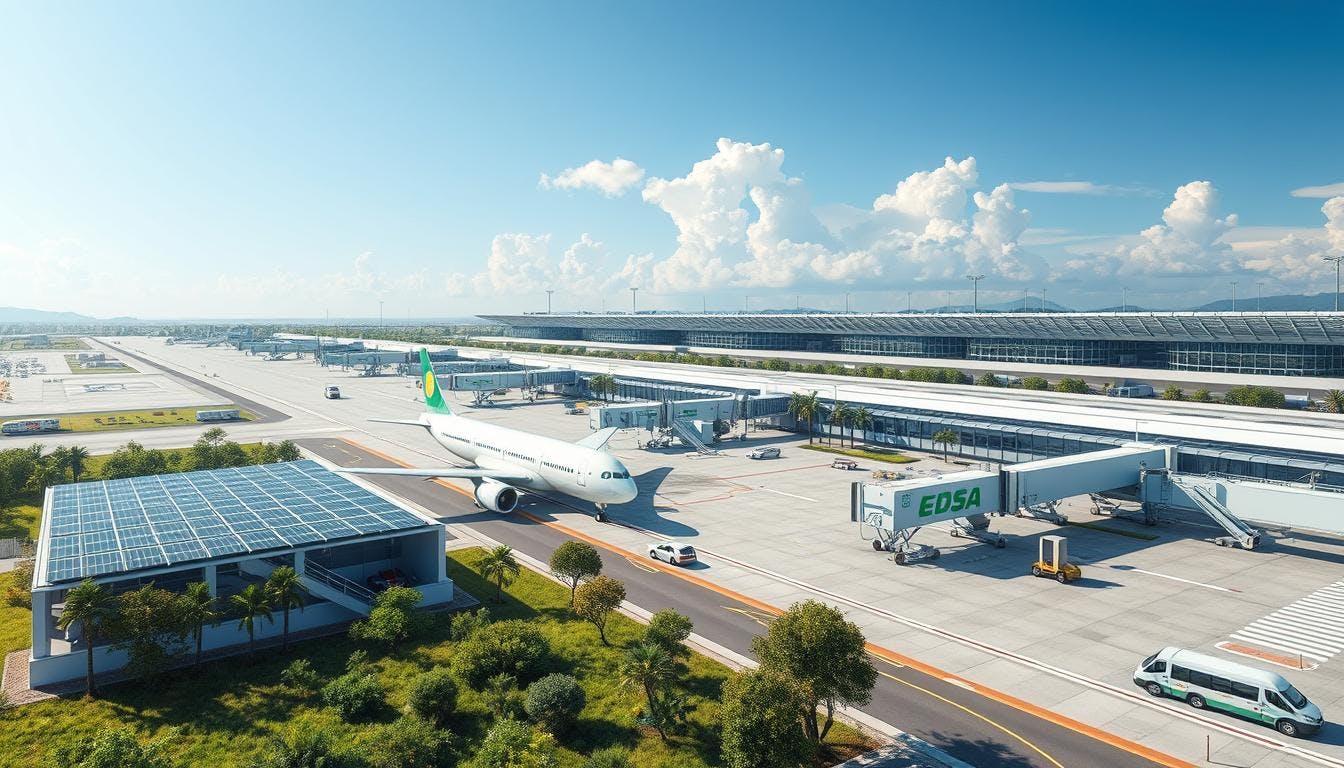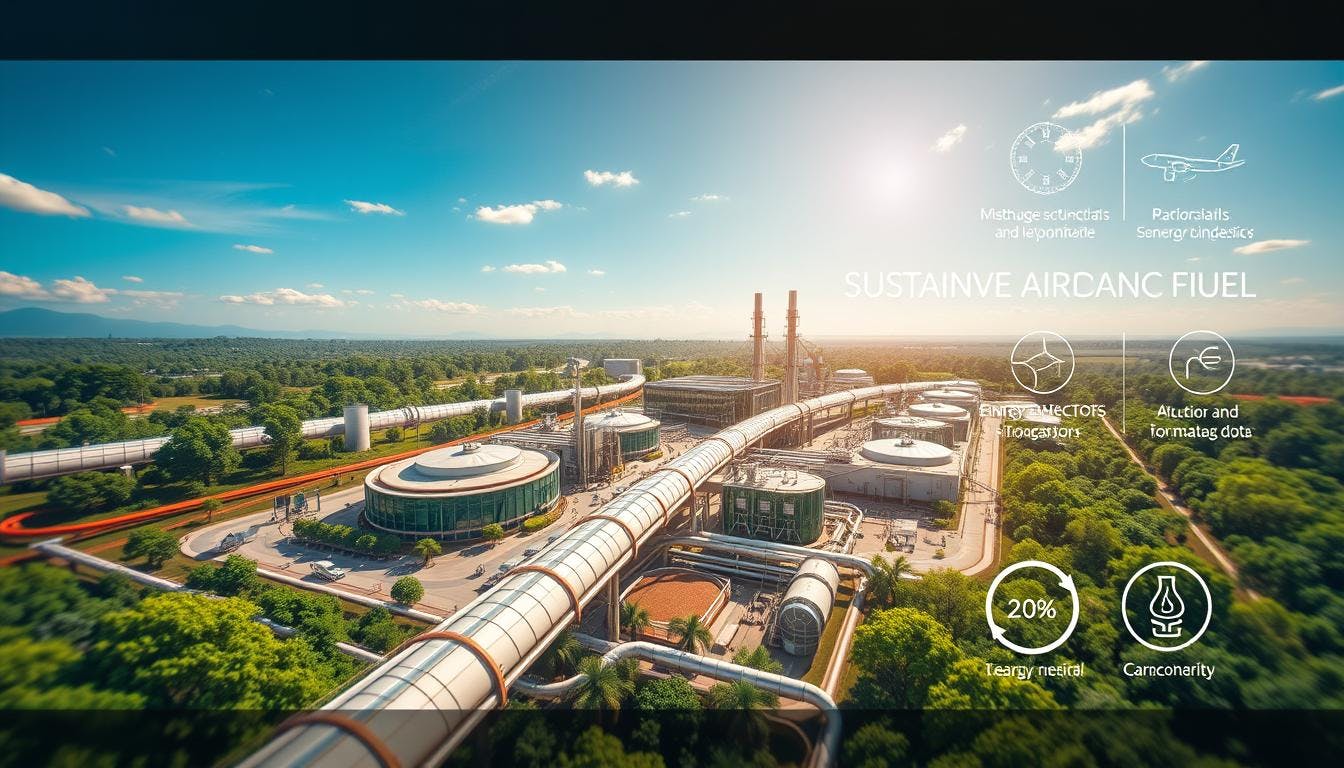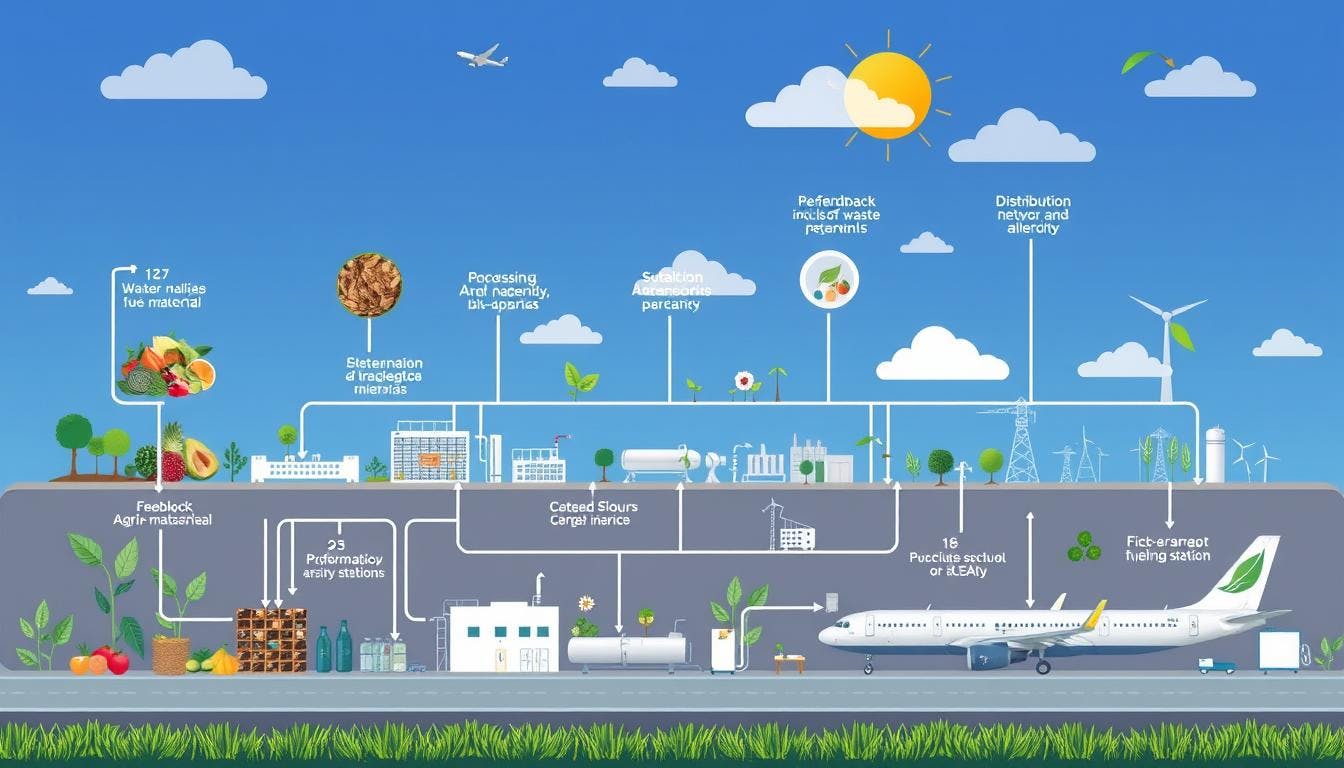We are on the brink of a new era in aviation. This era is marked by the rise of Sustainable Aviation Fuel (SAF). It's an alternative energy source that could significantly reduce the industry's carbon footprint.
SAF is a safe and almost identical replacement for traditional jet fuel. It can cut emissions by up to 80% across its lifecycle. This could lead to even larger reductions in the future.
We at CarbonClick Supply Sustainable Aviation Fuel, to enquire of our service please click here
This innovative solution is key to helping the aviation sector reach net-zero carbon emissions by 2050. It's a substantial step towards a more sustainable future for air travel.
The benefits of SAF for the environment are clear. U.S. transportation emissions from aviation are between 9% and 12%. Using this renewable fuel can significantly reduce these emissions and help fight climate change.
There are many feedstock options for SAF, including biomass and waste. This makes it a promising choice for a more sustainable and varied energy landscape in aviation.



